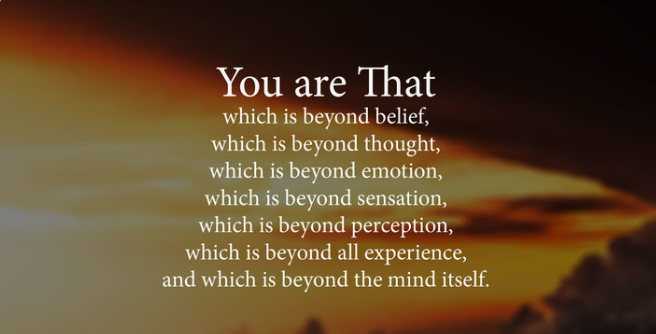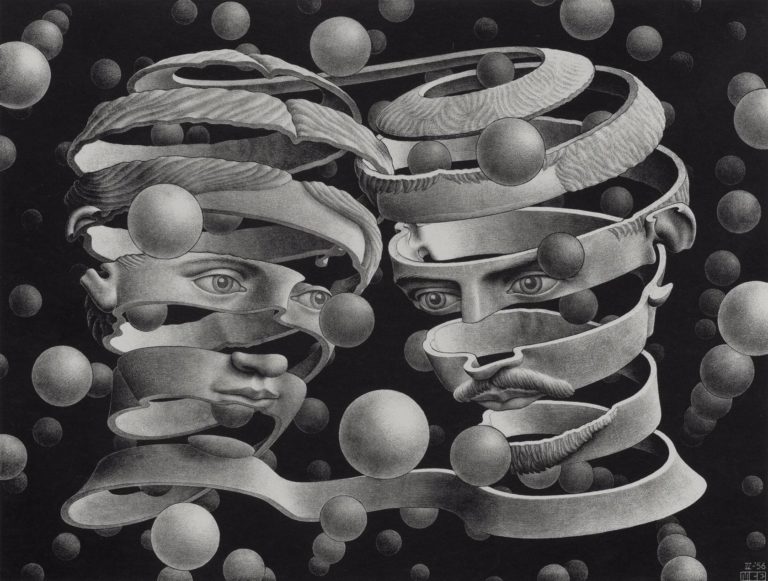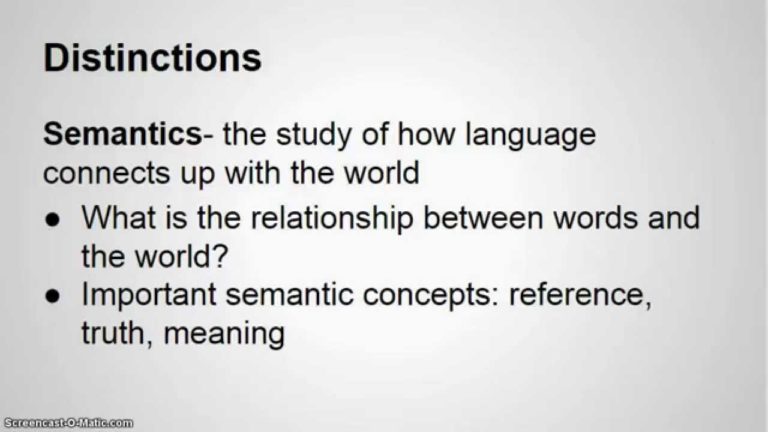If there is no “you” then what?
There is being without central hub of a personal identity
There is simply the experience of wholeness – which includes all
There is experience – and no one to experience it
There is the full spectrum of appearances – yet no one that claims ownership of it
There is life as an energetic, vibrational process – streaming as formless essence
There is a 360 degree of presence that transcends all concepts like space, time, etc.
There are no hooks for the egoic mind to hand its hat on
There are is no past, future or concepts suggesting a particular model of individual existence or soul
At the end of the day, it’s a mystery that knows neither source nor destiny
As it simply is, unknowable by the human mind – yet vibrant and alive, always and already
Pedronimo, 9-17-2022
A fictitious entity dabbling in capturing in words that which is ephemeral human minds
There are many ways to down the rabbit hole of exploring realms that are not readily available to the human mind – including the idea of “No Edge, No Center” – below is an student exercise, that guides into that realm in the context of the class-room.
No Edge, No Center –
Exploring the Shape of the Universe
(from Sonoma State University; a student exercise, read more here)
Think about this for a moment: If the Universe is infinite, it has unlimited volume; if the Universe is finite, it has a limited, measurable volume. Remember now, we are not talking about boundaries, for this is another matter. A boundary is an edge of space. If we were to reach a boundary in space, we can go no farther.
In general, the human mind tends to have the following conception: if the size of something is finite, then it must have an edge or boundary of some sort. For it to have no edge or boundary, it must be infinite. So since we can’t conceive of coming to the edge of space (after all, what would then be outside it?), space must be infinite.
We will explore this misconception in this exercise. In doing so, we will exercise our abilities in both deductive and inductive reasoning. Deductive reasoning is the process of demonstrating that if certain statements are true, then other statements can be shown to follow from them. Inductive reasoning stems from making conjectures based on observations and the patterns we see emerge from observations. Both forms of reasoning will be used in investigating the shape of our Universe.
We will see that there are shapes which are finite in size, but which have no boundaries. We will have to let go of many of the limitations put on us by our familiarity with the 3-dimensional world in which we live. Be prepared to think differently. Remember that in the following exercises we get to see more than we would see if we were confined to the surfaces we will investigate — because we have another dimension or two available to us from which to look! (continued here)







